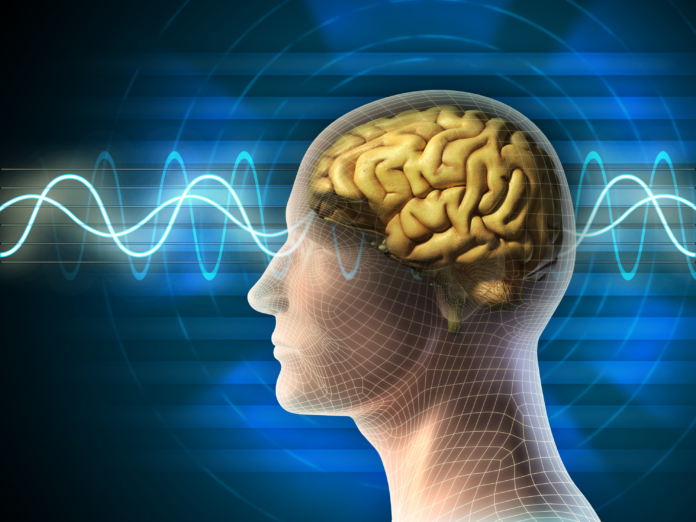Just like stress messes with our brains, research shows that it can also warp the brains of animals. In fact, a new study published in Frontiers in Behavioral Neuroscience aims to show just how much oxidative stress—created by social stress in animals—can wreak havoc in the brains of various animals, including fish.
This new study focuses more specifically on a very social and hierarchical fish species known as cichlids. Researchers found that stress from the social rankings in this family of fish can actually raise the levels of oxidative stress in the brains of lower-status cichlids. However, it is important to not compare this discovery to the experience that humans have just yet, researchers have cautioned.
The researchers say that lower rank was generally linked to higher levels of oxidative stress in the brains of the cichlids they studied. These higher levels of stress appear to warp the brains of the animals, too, with higher levels of oxidative stress and lower antioxidant capacity found in the lower-ranking cichlids within their study.
Understanding how stress affects the brains of animals will also help scientists provide better living conditions for them. Image source: George Dolgikh / Adobe
To properly test how these hierarchies affect the level of social stress put on the fish, researchers separated them into different tanks and then provided the larger, more aggressive cichlids with a bit of territory to defend. This helped create the social hierarchies they needed to study to see how social stress leads to the build-up of oxidative stress in the cichlid’s brains.
Tech. Entertainment. Science. Your inbox. Sign up for the most interesting tech & entertainment news out there. Email: SIGN UP By signing up, I agree to the Terms of Use and have reviewed the Privacy Notice.
The researchers say that it is important to note that the patterns detected relative to oxidative stress and how it warps the brains of these animals may not be entirely “bad” for the animal. They hope to study the fitness consequences of stress in the brain more in-depth in the future. For now, though, showing how these patterns are linked to the social stress exhibited by this species of fish was the primary goal.
Unfortunately, just telling these fish to breathe—a common and simple trick to manage stress—isn’t really an option. And, because we rely on animals so much within the scientific community, understanding how stress affects their brains is vital to ensuring we’re providing them with humane conditions.




